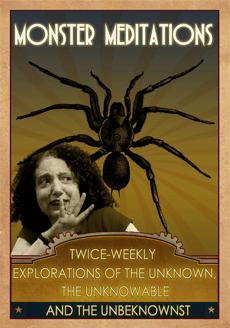The reviewer was eviscerating a new play, condemning it with something like, “As all playwrights know, it’s always about showing and not telling. In this new play characters talk and talk, telling their stories and never doing much of anything.”
And I thought SHOW don’t TELL was the mantra of novelists!
Keeping expository dialog in check seems to be the goal of all storytellers. It’s tricky because there’s a great deal of sharing background stories in real conversations. We recount events from our pasts, describe experiences, and compare observations—all in an effort to get to know one another. In fiction, these conversations must be more interesting than they are in real life. Or maybe they just have to be more methodically crafted to include necessary facts and, in the case of mystery fiction, sow the seeds of red herrings?
A long time ago a friend told me a story about herself that stuck in my imagination. It was about working at an ice cream parlor as a teenager. The owner had a liberal policy about employee snacking. He told each new-hire they could eat as much ice cream as they wanted. Teenagers being teenagers, it usually took a week of ice cream binges before they would swear off it for the rest of the summer. My friend served herself a single scoop ice cream cone every day—every single day. Eventually she consumed much more ice cream than the initial binge eaters.
By recounting that story about her unusual—even extraordinary—choice as a teenager, her expository dialog demonstrated a great deal about her life and personality. Umm… was that showing or telling?





I like the idea of show don’t tell except when it makes things so ambiguous no one knows what’s going on! Then again, perhaps that’s all just a devious part of the plot. Hmm….
I really is a tricky problem. In a classic mystery, the detective (professional or otherwise) talks to people. Sometimes they propose ideas about who did it and why, sometimes they relate observations that turn out to be clues and sometimes they lie to protect themselves or another character, or to lay blame on an innocent character. And so SHOWING and not telling is tough. I’m trying to get people to show things in their conversations. What they leave out, what they choose to say about seemingly unrelated topics, etc.
Making myself crazy—as usual!
Too much showing is just as bad as too much telling. Finding the right balance seems to get easier with time. When teaching high school students, this is extremely tricky for them to get and it takes a lot of practice.
Based purely on what I’ve read lately…the balance is difficult for experienced writers too!
I’m practicing all the time.